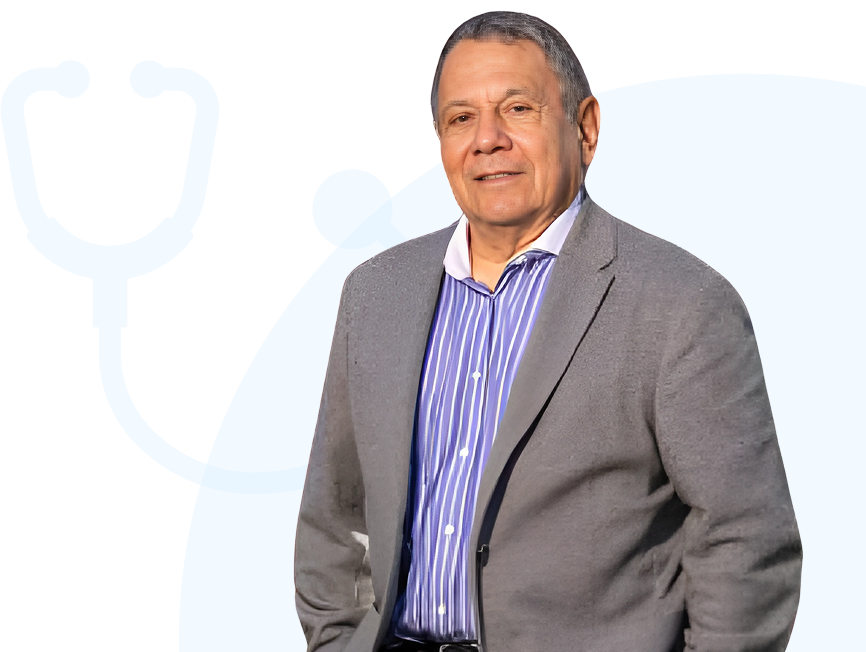Spinal Stenosis
It Is Always Advisable To Have A Qualified Medical Professional Oversee Any Type Of Spinal Stenosis Treatment.
In lumbar stenosis, the spinal nerve roots in the lower back are compressed, or choked, and this can produce symptoms of sciatica — tingling, weakness or numbness that radiates from the low back and into the buttocks and legs – especially with activity.
Spinal stenosis pain in the neck (cervical spinal stenosis) can be far more dangerous by compressing the spinal cord. Spinal cord stenosis may lead to serious symptoms, including major body weakness or even paralysis. Such severe spinal stenosis symptoms are virtually impossible in the lumbar spine, however, as the spinal cord is not present in the lumbar spine.
Symptoms:
- Leg numbness and tingling: the patient usually has to sit down for a few minutes to ease the leg and often low back pain, whereas leg pain from vascular claudication will go away if the patient simply stops walking.
- Limitations in walking
- Symptoms develop slowly over time
- Coming and going, as opposed to continuous pain
- Occurring during certain activities (such as walking) and/or positions (such as standing upright)
- Being relieved by rest (sitting or lying down) and/or any flexed forward position
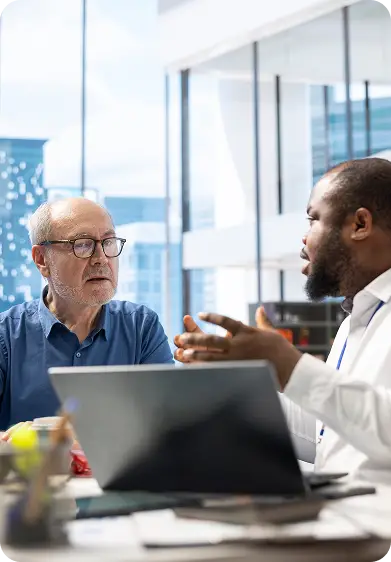
Treatment (Non-Surgical)
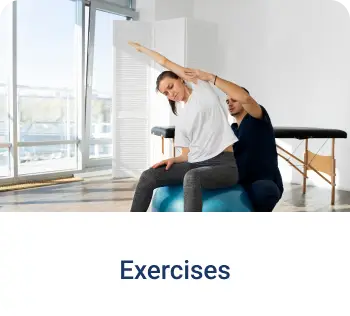
given by a physical therapist are helpful. It is important for the patient to remain active. This is not a cure.

Patients are counseled to avoid activities that cause adverse spinal stenosis symptoms.
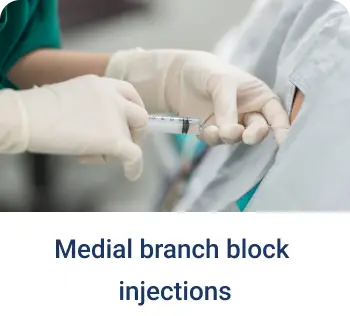
Cortisone shots can temporarily relieve symptoms. Again, this is not curative.
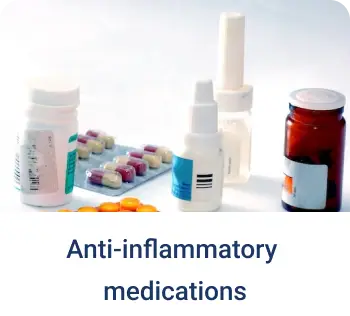
like ibuprofen or aspirin
Indications for Surgical Intervention
- The key in choosing whether or not to have surgery is the degree of physical disability and disabling pain from lumbar spinal stenosis.
- Functional limitations or inability to complete activities of daily living
- Surgery should not cause a new problem to the patient, it should minimally disrupt normal structures, and metabolic and physical status of patient should be taken into account.
- Fortunately, surgery outcomes for decompression can be among the most rewarding surgical methods used on the spine (second only to herniated discs).
- Following recovery from spinal stenosis surgery, patients increase their activity and have a better walking tolerance.
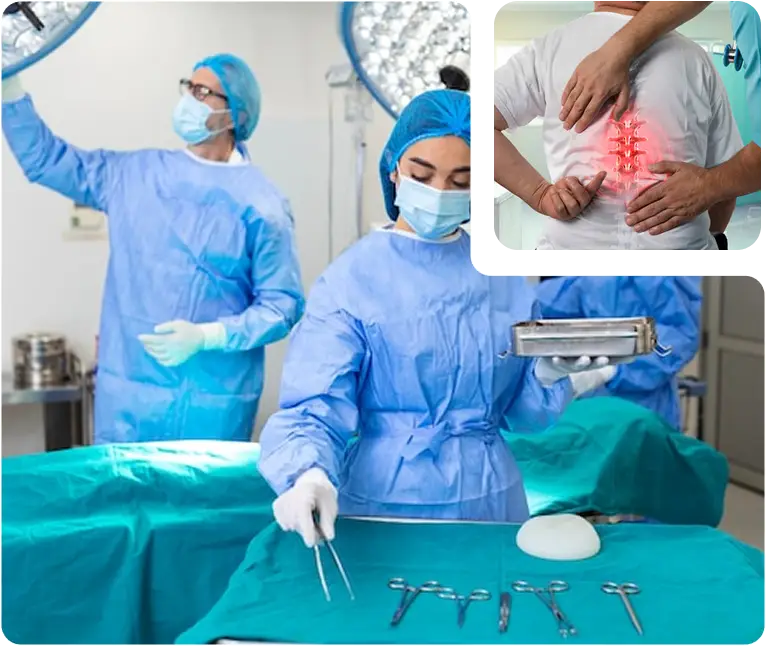
Spinal stenosis
It Is Always Advisable To Have A Qualified Medical Professional Oversee Any Type Of Spinal Stenosis Treatment.
Meet Dr. Pasquale X. Montesano
Dr. Pasquale X. Montesano is the principal Orthopedic Spine Surgeon at Montesano Spine & Sport. He holds a Bachelor of Science from Siena College and a medical degree from New York Medical College.
With extensive postgraduate training, Dr. Montesano has earned multiple awards, including the Volvo Award in Clinical Science (1998) and the Howmedica Spinal Fixator Grant (1989). He is a Diplomate of the American Board of Spine Surgery Society, a Fellow of the American Academy of Orthopaedic Surgeons, and a Member of the American College of Forensic Examiners.
Our Mission
Helping patients regain function and comfort from serious spine conditions.
Your First Visit
We’ll review your medical history, receive a neurological exam, and explore treatment options with a clear understanding of risks and benefits.
